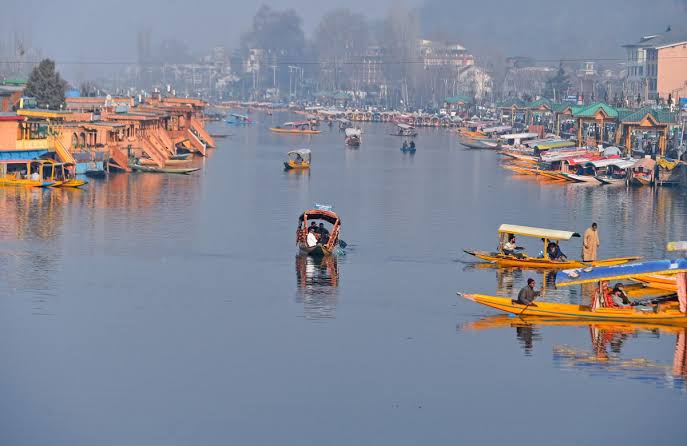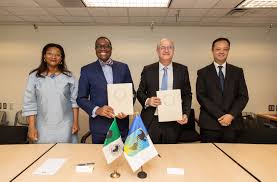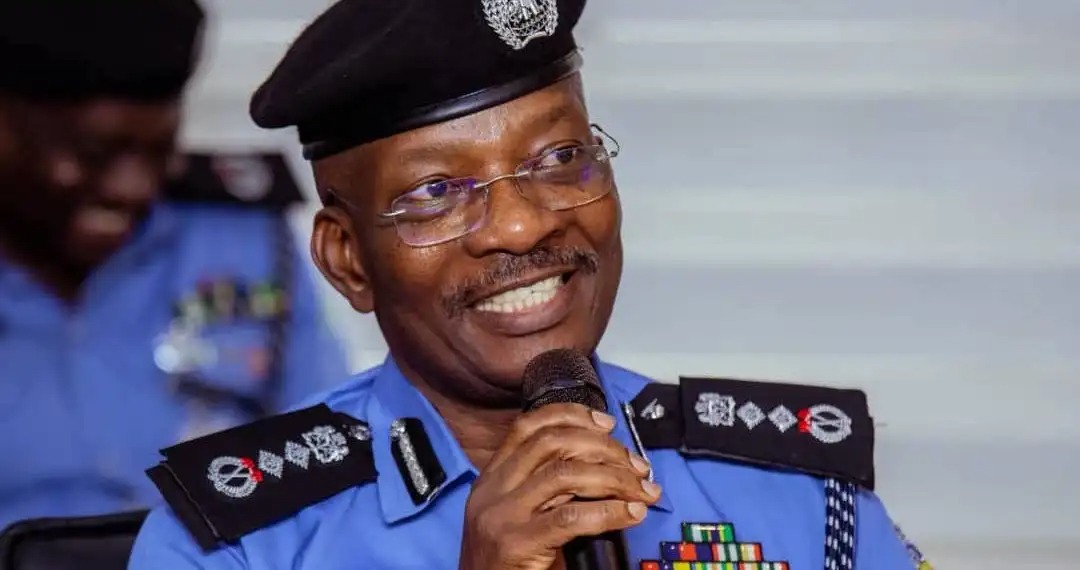Devlopment priorities and border focus converge in Sikkim:’ GOC Trishakti Corps
IPR, GANGTOK, APRIL 24, 2025 : At the valedictory session of the six-day Military-Civil Fusion Convergence Capsule in Gangtok on Thursday, Chief Minister of Sikkim Prem Singh Tamang unveiled a plan to put the discipline, skills, and experience of ex-servicemen to use in the development of Sikkim.
The Chief Minister emphasized that ex-servicemen in Sikkim represented a significant human resource for the state’s development. He shared that new initiatives had been launched to integrate veterans into sectors like tourism, disaster management, agricultural extension, and training. The establishment of veterans’ cooperatives and skill centers was also underway to support their entrepreneurial and administrative contributions, he said.
He announced a progressive policy reserving 20 percent of Sikkim Police Constable positions for Agniveer veterans. In addition, a 10-year relaxation in the standard upper age limit of 40 years had been introduced for ex-servicemen who have served at least six months in the armed forces, enabling them to apply for these positions until the age of 50. To further support their post-service livelihoods, the state would also initiate shop allotments for ex-servicemen.
He explained that Military-Civil Fusion was not merely a concept but a strategic integration between defense and civil sectors, aimed at reinforcing national security and accelerating economic growth. This integration, he noted, involved shared use of infrastructure, technology, knowledge, and resources. The Chief Minister stated that the aim of the Military-Civil Fusion 2025 initiative was to consolidate collective efforts for a developed India by 2047. The strategy, he pointed out, was to combine military strength, civil infrastructure, scientific innovation, and private enterprise to ensure that national security and socio-economic development moved hand in hand.
He stressed the importance of mainstreaming dual-use technologies, encouraging innovation, and constructing joint infrastructure through active partnerships between the military and civilian sectors. Training programs must incorporate military discipline alongside civil productivity to prepare Indian youth for global challenges, he added.
He underlined Sikkim’s vital role in India’s developmental journey, being a strategically located Himalayan state. The people and government of Sikkim, he affirmed, deeply valued their longstanding and cordial relationship with the army. He noted that their shared priorities included easing strategic supply chains and building environmentally sensitive infrastructure such as roads and bridges.
The Chief Minister added that the state was also working to establish innovation centers in remote areas and to promote border tourism and pilgrimage circuits as part of fostering national unity. He drew attention to Sikkim’s geographical importance, sharing borders with China, Nepal, and Bhutan. Despite its size, Sikkim had remained largely free from terrorism and anti-national activities, something he attributed to the firm support of the Centre.
He lauded the army and the Border Roads Organization for their role in environmental protection. He cited the success of tree plantation drives conducted by army personnel, which had contributed to preserving Sikkim’s rich biodiversity.
Delivering the valedictory address, Governor Om Prakash Mathur praised the Vibrant Villages Programme for its vision to empower citizens living near border areas and prevent their migration to cities. The Governor highlighted the need to treat border villages not as the “last” but as the “first” priority of the nation.
GOC 33 Corps Lt Gen Zubin A Minwalla emphasized that national security extends beyond borders to include economic, environmental, and internal dimensions. He highlighted the need for civil industry and academia to support the army’s technological advancement. Stressing the need for a whole-of-nation and whole-of-government approach, he highlighted that infrastructure such as quality road networks, helipads, and hospitals were vital to both national defense and civilian development.
Calling the fusion a strategic strength, he stressed that Sikkim’s development priorities and the army’s border focus could and should converge. He praised the state government’s efforts for veterans’ welfare.
Commander 17 Mountain Artillery Division Brigadier Kunal Mukherjee delivered a presentation titled Sikkim Ranbhoomi Darshan. This initiative aimed to honor the bravery of soldiers while simultaneously promoting responsible tourism in border areas. He emphasized that such efforts not only bolster national security but also instill a deep sense of patriotism and awareness among citizens.
Colonel S.K. Pal from the Black Cat Division presented Veterans se Sanjhedari, highlighting the potential of veterans in contributing to inclusive societal efforts.







